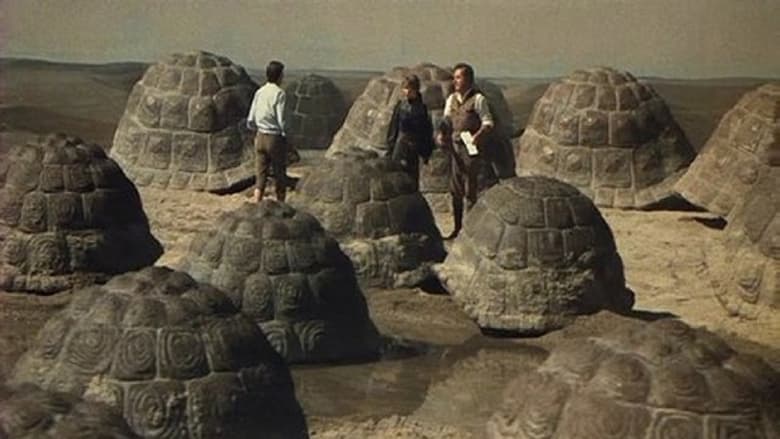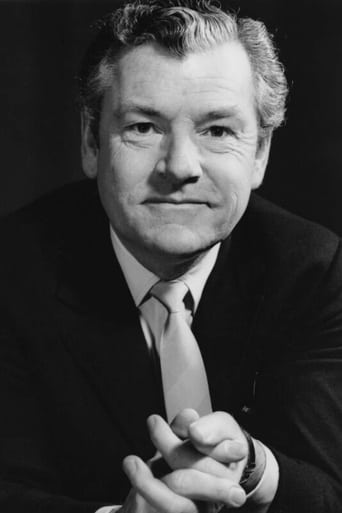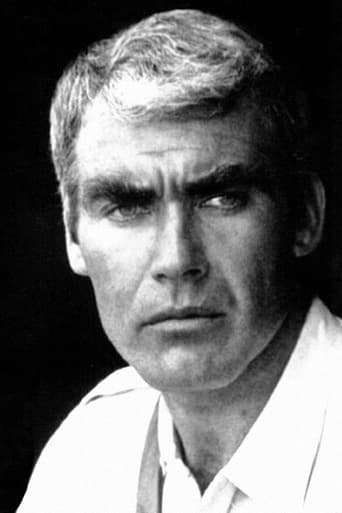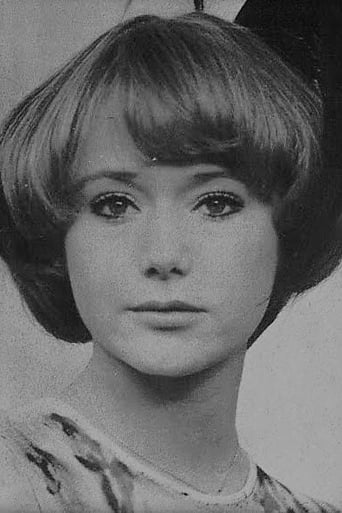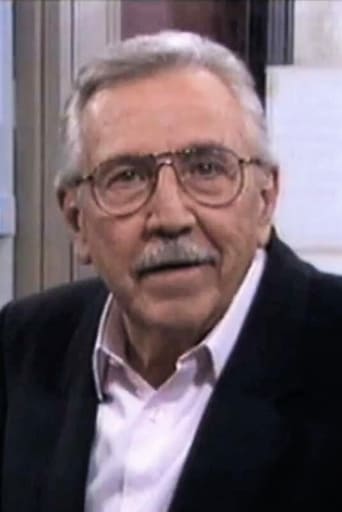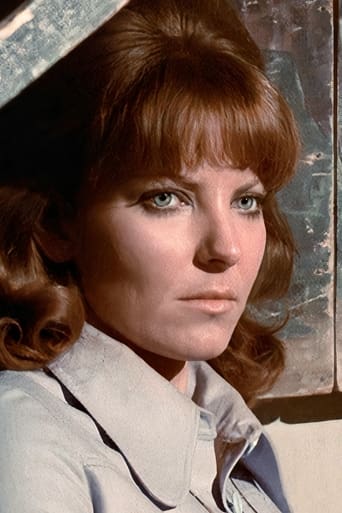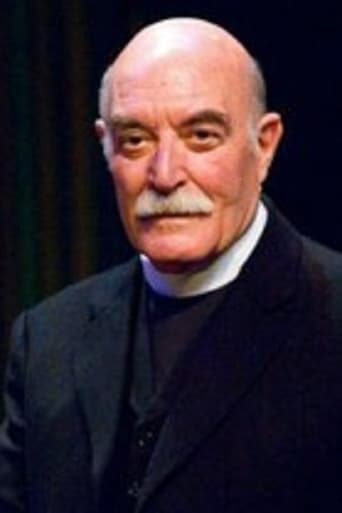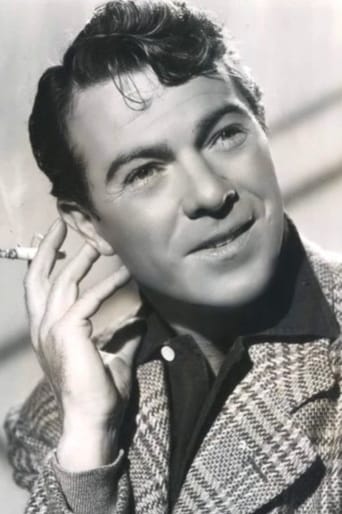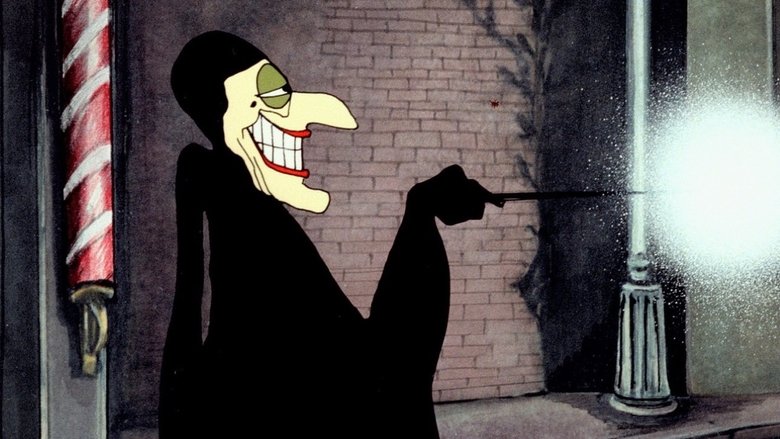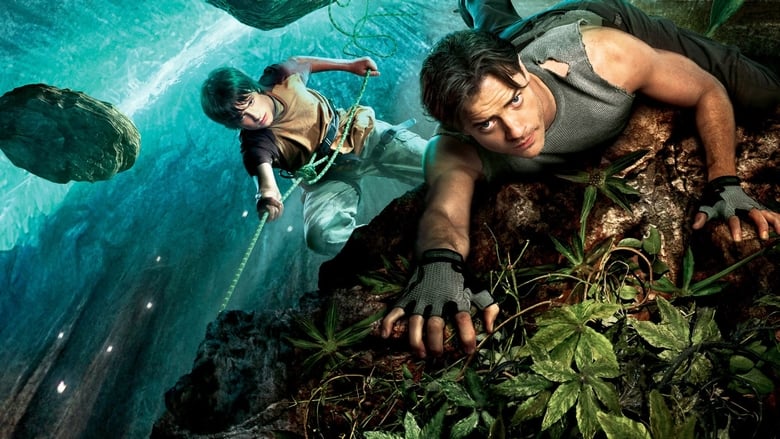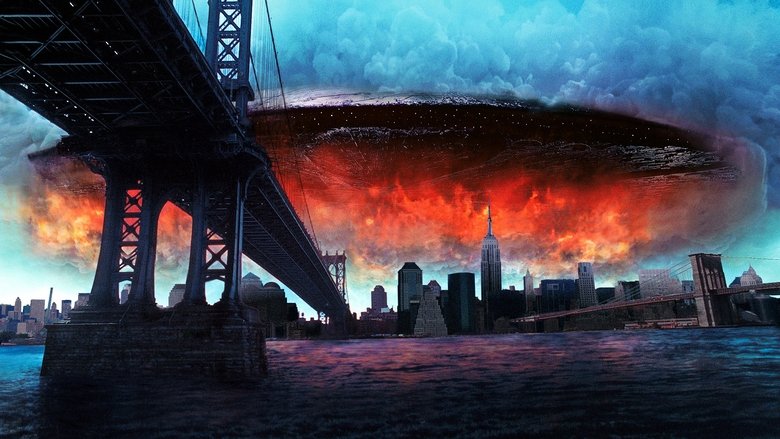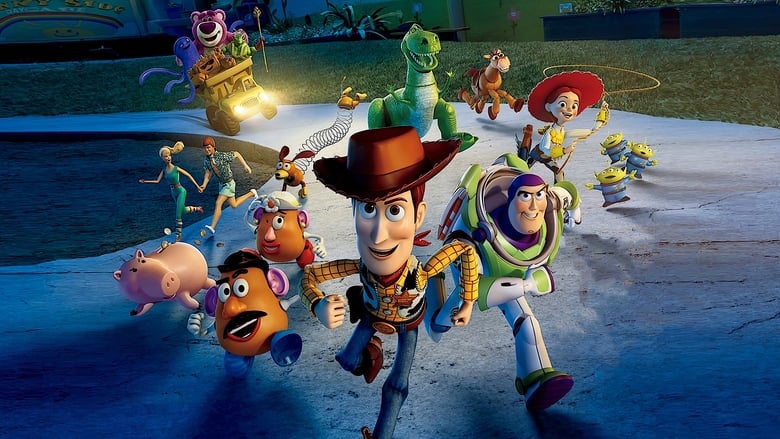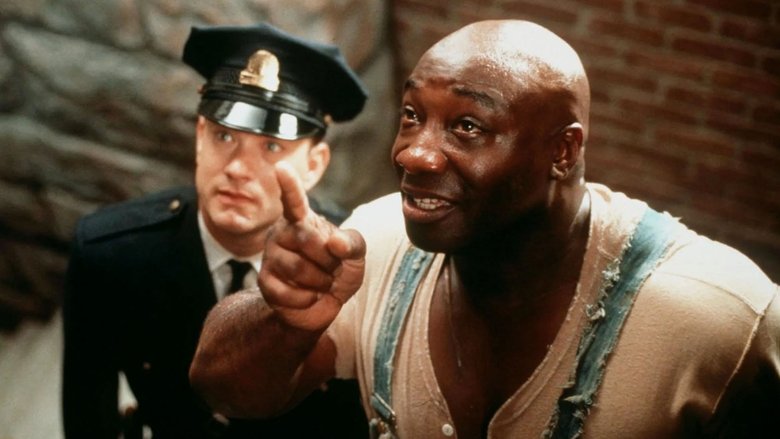A 19th-century expedition to the Earth's core reveals primordial wonders, prehistoric monsters and a subterranean civilization that may convey the greatest discovery of all.


Similar titles
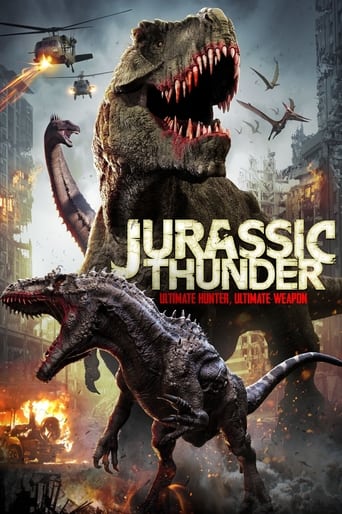

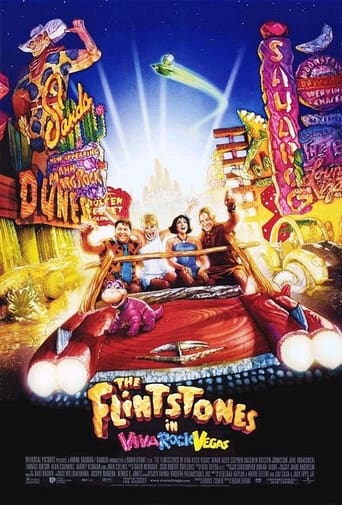
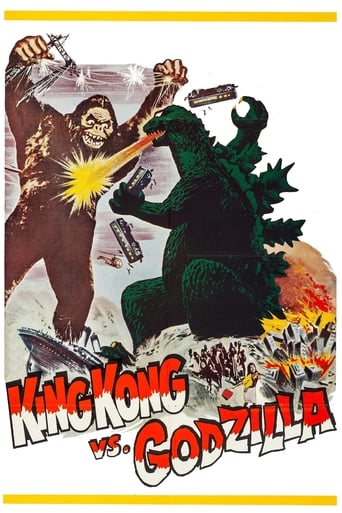

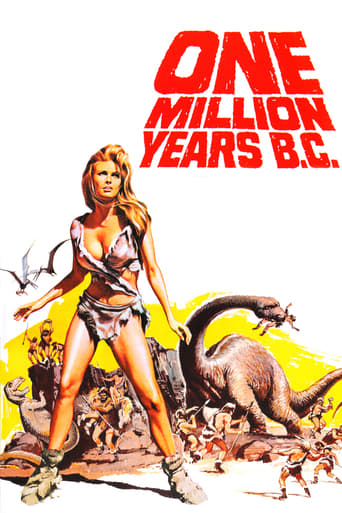
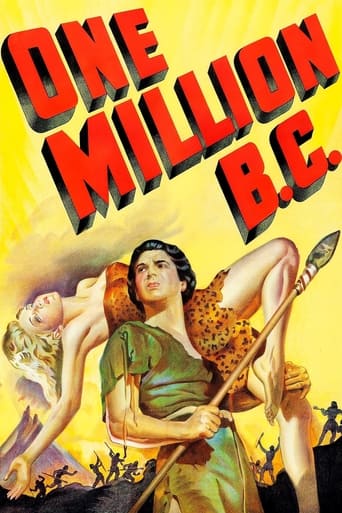
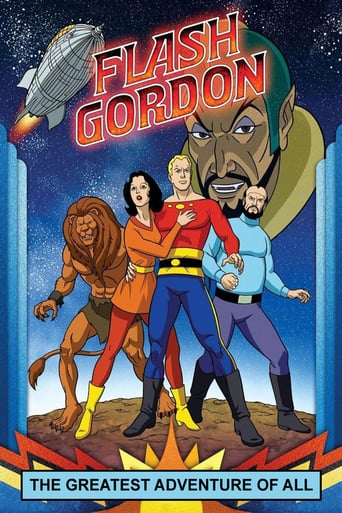
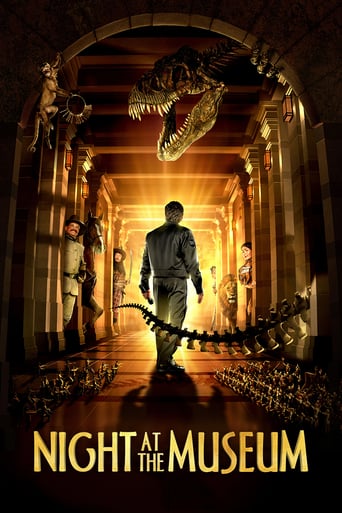

Reviews
This version of Jules Verne's Journey to the Centre of the Earth (aka Where Time Began) was made in 1978 and is better than some of the later remakes.Professor Lindenbrook (a decent performance by Kenneth Moore), his niece, her fiancé and Hans embark on an adventure to the centre of the Earth, entering through a cave in Iceland. They encounter poisonous gases, storms, poisonous mushrooms, monsters (more on them later), a vast underground sea, a graveyard full of dinosaur skeletons and a strange, creepy guy called Olsen. Finally, after encountering a huge volcanic eruption, they make it back up to the surface.Now to those Prehistoric monsters, we get to see 2 giant sea reptiles battle it out, loads of rather unfriendly giant tortoises, a gathering of Brontosaurus and Dimetrodons and, best of all, a giant ape (played by a man in a monkey suit).In all,watching this movie is a good way to spend nearly an hour and half one evening, great fun.Rating: 3 stars out of 5.
VIAJE AL CENTRO DE LA TIERRA was a Spanish live-action coproduction that received limited distribution in 1978 in the United States by International Picture Show under the title WHERE TIME BEGAN; it was initially titled JULES VERNE'S FABULOUS JOURNEY TO THE CENTER OF THE EARTH. Made for $2 million, WHERE TIME BEGAN was shot over a period of five months, and uses most of Verne's major incidents. WHERE TIME BEGAN opens with a pre-credit discussion of the interior of the Earth by a group of geologists, with Professor Otto Lidenbrock (Kenneth More) commenting that the only way to prove any of the theories is through an actual descent. The credits follow, superimposed over a pleasant salute to the Vernian visual style of Georges Méliès, but marred by an inane song on the soundtrack.The date of the story is shifted to 1898, to make it more contemporary for the audience, in both technology and social mores (such as the place of women). In Hamburg, an aged man tries to sell several old volumes at a book store; they are bought by Lidenbrock. Arriving home, he finds the soldier Axel accidentally kneeling before his niece Glauben, and assuming there has been a marriage proposal, gladly but offhandedly offers his consent. Glauben notices the small note that falls from the book, and together Lidenbrock, Axel, and Glauben, with the help of the cinematically referential device of a magic lantern, discover the key to Saknussemm's code.Under the same necessity to add a feminine lead as other versions, WHERE TIME BEGAN follows a vastly simpler method. Glauben wants to go on the trip, and her practicality proves a valuable assistance to the absent-minded Lidenbrock and equally ill-prepared Axel. By contrast, it is Axel who is uncertain, hesitant, and reluctant; the juxtaposition of his equivocation with Lidenbrock's certainty and Glauben's eagerness provides humor that was not in the novel.The exteriors of the expedition's beginning and exit through craters were taken at the Lanzarote volcano in the Canary Islands, providing a barren, other-worldly appearance that almost resembles a moonscape. Although the reddish plains scarcely resembled Iceland, a series of extreme dramatic zooms impressively isolates the cast amidst the desolate location, providing a more dynamic lead-up to the descent than in the 1959 movie. The plunge into the Earth was shot a half-mile inside caves near Madrid, with the lighting effectively dark and claustrophobic.When Hans's pickaxe thrust releases boiling water, it burns the hand of the man Glauben had seen in the darkness--who finally introduces himself as Olsen (Jack Taylor). The underground sea seems to have a healing physical power over the members of the expedition. Glauben notices that Olsen never seems to require sustenance, and his only tool is a copper-colored metal box he carries with him (which unfortunately resembles in size and shape nothing so much as a metal tea-kettle).The sequence around the underground sea is, as in the novel, the centerpiece of the story, and the full treatment of this setting and the incidents around it--the island, the dinosaurs, the storm--with a large degree of fidelity to Verne, make WHERE TIME BEGAN noticeably different from other films of the novel. Filters turn the ocean a deep shade of greenish-blue aqua, contrasting with the orange of the land; the striking color combinations make the setting all the more convincing.Washed ashore with the wreckage of their raft and their equipment after the storm, Axel and Glauben go in search of Olsen, passing through a field of fossils and into a forest. At this point, WHERE TIME BEGAN becomes increasingly far-fetched. Axel and Glauben are suddenly attacked, not by the ten foot prehistoric man of Verne's imagination, but by a giant ape, failing to connect with Verne's evolutionary link. Olsen comes to the rescue, and allowing them to glimpse a whole city of men who resemble him.Olsen sets off an explosion that will open an escape for Lidenbrock, Axel, Glauben, and Hans, saying he will find his own way to safety. The scene comes rather suddenly, and is confusing in its brevity and lack of explanatory dialogue. WHERE TIME BEGAN avoids saying whether the expedition actually reached their destination or not, so there is no sense of the downward distance they have traveled.In a coda, Axel and Glauben have married, Hans is once more a prosperous sheepherder, and Lidenbrock still haunts the old bookshop. One day, he learns that a parcel has been left for him, and, unwrapped, it proves to be Olsen's metal box. Looking toward the shop window, Lidenbrock sees an aged man, the same one who brought in Saknussemm's journal--and recognizes that he is "Olsen." This parallel closure brings the film back to where it began.Is Olsen perhaps meant to be Arne Saknussemm himself, or a representative of his pioneering spirit? Either or both could be true; Olsen stands in for the absent predecessor whose earlier journey they are recreating. Significantly, Olsen appears after Lidenbrock loses Saknussemm's original book, and will rescue the travelers at the point where Saknussemm's last carving of his initials appears. He is less of a full-fledged character than a symbol, a vivid reminder of the theme of time that, in the form of evolution, was such a motif of the novel.The cast credibly enact their roles, particularly Kenneth More, despite his age. The special effects (by Emilio Ruiz) are variable; the dinosaurs are far less convincing than those of the 1959 version, but WHERE TIME BEGAN also attempts to do far more with them, the previous film not even attempting to stage the battle at sea. The most consistent virtue is the impressive photography by Andres Berenguer, especially the volcanic surfaces, the caves, and the underground ocean. Judged by its own standards and scale, WHERE TIME BEGAN must be rated a very satisfactory although uneven effort.
A cheaper remake of the 1959 classic, with more cheesy dialogue and effects (guy in a gorilla suit) Although in a way, the more campy nature helps it along somewhat. The female character (Glauben) does tend to whine a lot and gets lost and at one point almost swallowed up in a subterranean mud-pit, which with hindsight might have been a blessing. Sadly she helped out by a stranger, who promptly disappears when the others arrive and they don't believe her (who would when she's so annoying?)Later he makes himself known and helps them out of other perilous situations. They encounter a forest of giant poisonous mushrooms, build a raft to cross an inland sea, avoiding sea monsters along the way and managing to outrun ravenous killer tortoises! Overall this is a storyline that deserves more respect to Jules Verne, the characters are very much token here. Here's hoping a newer version is on the books soon.
Essentially a recasting of the 1959 version as opposed to a remake (think a traveling version of your favorite Broadway play and you get the picture). Now that video allows us to experience the original over and over again, this film becomes less unique. The overall film is not so bad (considering the genre) if it weren't for the fact that this film was done so much better twenty years earlier. As far as casting Kenneth More in the James Mason role...what can I say? More is Less. This film was made during the time when films such as THE LAND THAT TIME FORGOT, THE PEOPLE THAT TIME FORGOT, and AT THE EARTH'S CORE were successful, and this version shares much with those films regarding style. I think if I were a kid in 1977 watching this in a theater and never seeing the original I would have thought it would be great. If only the director would have introduced new themes or viewpoints to the familiar story it could be enjoyed today. The film can be recommended however for a great gimmick for it's opening credits...a montage of the original Georges Melies silent films of Jules Verne's works set to the film's theme song. I've never seen them used in any other adaptation and it was a nice tribute.

